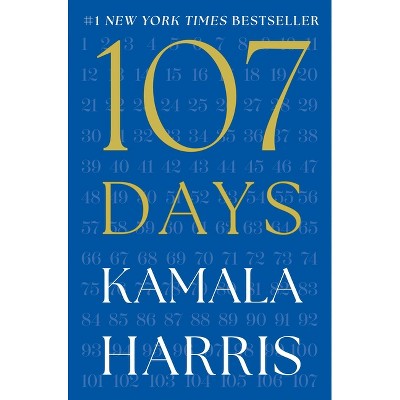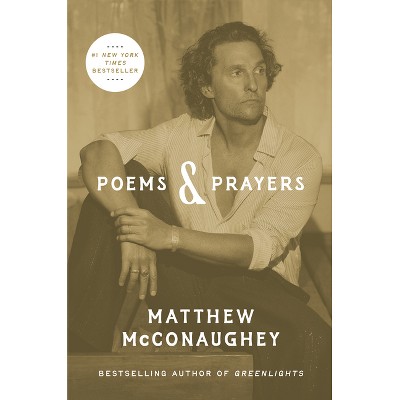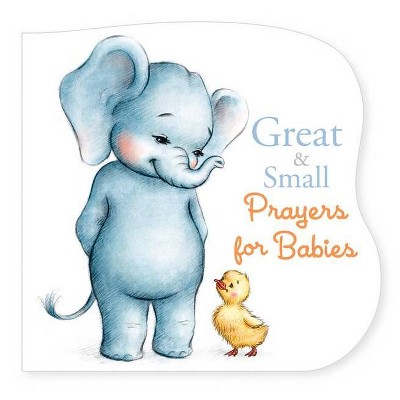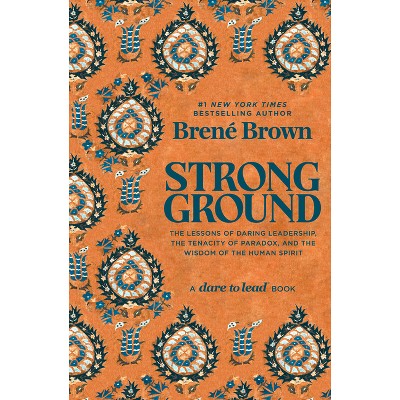Sponsored

The Least Dangerous Branch? - by Stephen Powers & Stanley Rothman (Hardcover)
In Stock
Sponsored
About this item
Highlights
- Is the American judiciary still the least dangerous branch, as Alexander Hamilton and legal scholar Alexander Bickel characterized it?
- About the Author: STEPHEN P. POWERS is Research Associate at the Center for the Study of Social and Political Change, Smith College.
- 232 Pages
- Freedom + Security / Law Enforcement, Constitutional
Description
About the Book
Is the American judiciary still the least dangerous branch, as Alexander Hamilton and legal scholar Alexander Bickel characterized it? Unlike legislatures or administrative agencies, courts do not make policy so much as direct and redirect policy as it is implemented. The judicial contribution to policymaking involves the infusion of constitutional rights into the realm of public policy, and as the government has grown, the courts have become more powerful from doing more and more of this. Powers and Rothman explore the impact of the federal courts, providing a brief account of the development of constitutional law and an overview of the judiciary's impact in six controversial areas of public policy.
-Busing
-Affirmative action
-Prison reform
-Mental health reform
-Procedural reforms in law enforcement
-Electoral redistricting
In each of these areas, the authors review significant cases that bear on the particular policy, exploring the social science evidence to assess the impact of the courts on policies--and the consequences of that intervention. Powers and Rothman conclude that judicial intervention in public policy has often brought about undesirable consequences, sometimes even for the intended beneficiaries of government intervention.
Book Synopsis
Is the American judiciary still the least dangerous branch, as Alexander Hamilton and legal scholar Alexander Bickel characterized it? Unlike legislatures or administrative agencies, courts do not make policy so much as direct and redirect policy as it is implemented. The judicial contribution to policymaking involves the infusion of constitutional rights into the realm of public policy, and as the government has grown, the courts have become more powerful from doing more and more of this. Powers and Rothman explore the impact of the federal courts, providing a brief account of the development of constitutional law and an overview of the judiciary's impact in six controversial areas of public policy.
-Busing-Affirmative action
-Prison reform
-Mental health reform
-Procedural reforms in law enforcement
-Electoral redistricting In each of these areas, the authors review significant cases that bear on the particular policy, exploring the social science evidence to assess the impact of the courts on policies--and the consequences of that intervention. Powers and Rothman conclude that judicial intervention in public policy has often brought about undesirable consequences, sometimes even for the intended beneficiaries of government intervention.
Review Quotes
"A new, wide-ranging, and provocative critique of judicial activism."-Roger Clegg General Counsel Center for Equal Opportunity
"A scholarly, modulated, but ultimately devastating examination of the ways in which the Supreme Court, and American courts generally, have successfully taken control of public policy making in critical areas of our national life."-Richard R. Morgan Bowdoin College
"This book is a comprehensive and penetrating analysis of judicial intervention into policy arenas normally reserved for legislatures. Its scope is unusually broad, covering judicial activism in school desegregation, affirmative action, voting, mental health, and prison reform. While sometimes critical of judicial excesses, the discussion is balanced by acknowledging the necessity of court action after legislative default, especially in the civil rights area. The writing avoids legal terms and technicalities, producing a very approachable and useful text for all students of social policy and constitutional law."-David J. Armor Professor of Public Policy School of Public Policy George Mason University
"Tocqueville warned that the Supreme Court is not the least but potentially the most dangerous branch of our national government. Powers and Rothman's highly readable and informative book amply corroborates this judgement in area after area. There is little that is more important, in my opinion, than that the American people come to understand this."-Professor Lino Graglia University of Texas
?[t]his book is valuable to scholars seeking a reference work that addresses recent literature dealing with the apparent empirical consequences- whether statistically correlated or not-for public policy substantially administered by the judiciary.?-The Law and Politics Book Review
?Recommended. General readers and lower-division undergraduates and above.?-Choice
"Ýt¨his book is valuable to scholars seeking a reference work that addresses recent literature dealing with the apparent empirical consequences- whether statistically correlated or not-for public policy substantially administered by the judiciary."-The Law and Politics Book Review
"Recommended. General readers and lower-division undergraduates and above."-Choice
"[t]his book is valuable to scholars seeking a reference work that addresses recent literature dealing with the apparent empirical consequences- whether statistically correlated or not-for public policy substantially administered by the judiciary."-The Law and Politics Book Review
About the Author
STEPHEN P. POWERS is Research Associate at the Center for the Study of Social and Political Change, Smith College. He is coauthor, with Stanley Rothman, of a number of articles as well as Hollywood's America: Social and Political Themes in Motion Pictures.
STANLEY ROTHMAN is Mary Huggins Gamble Professor Emeritus of Government and Director of the Center for the Study of Social and Political Change, Smith College. He has authored, coauthored, or edited more than 15 books and 150 articles and reviews. His books range in topics from Environmental Cancer: A Political Disease? to Prime Time: How TV Portrays American Culture.Shipping details
Return details
Discover more options







